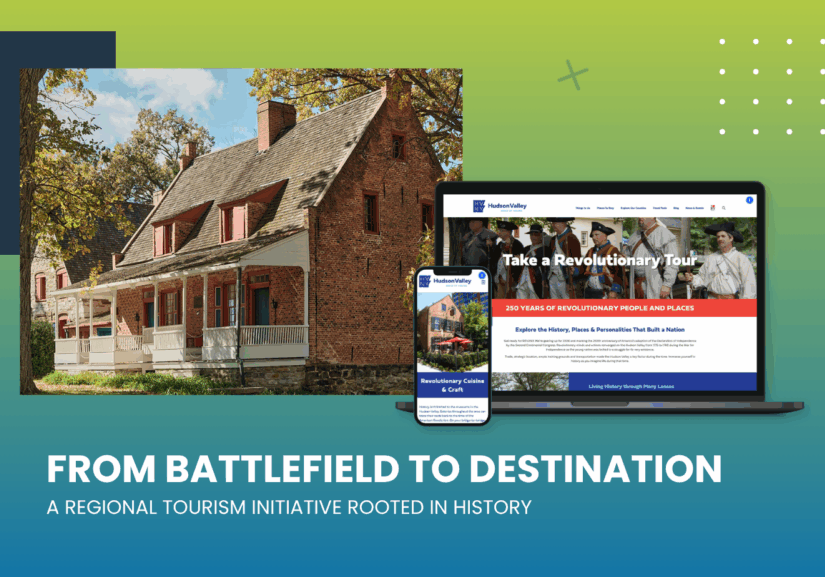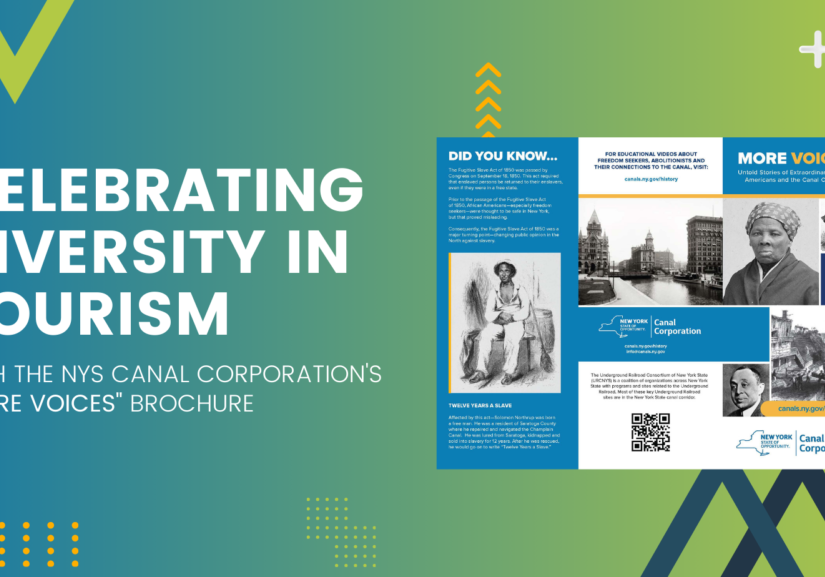What is Placemaking?

I was first introduced to the concept of Placemaking several years ago, listening to a former mayor talk about his experience in revitalizing his hometown. Since then, I’ve served as a member of Orange County Citizens Foundation’s Placemaking Committee, attended several conferences, and recently joined the membership of the Urban Land Institute – an organization devoted to the responsible use of land and in creating and sustaining thriving communities worldwide.
As tourism and destination marketing professionals, we incorporate placemaking principles into our planning strategy as a matter of course. We see it as a holistic way to effectively assess, brand, and market a destination.
So, what is “Placemaking?” One definition is as follows – "to create and recreate livable, walkable communities where people want to live, work, and play."
Placemaking looks at a community’s First Place – where people live – their Second Place – where they work – and their Third Place – where people can gather, put aside the concerns of work and home and ‘hang out’ simply for the pleasure of good company and lively conversations.
Placemaking re-envisions public spaces as the heart of their community and fosters relationships among the people who live and work there. Abandoned buildings and whole blocks can be turned into vibrant centers for housing, business, and recreation.
Rezoning, revised street planning, and new public policy may be required. Never an overnight process, true placemaking demands vision, innovation, cooperation, and patience.
- Discover the stories. Be prepared to hold a lot of meetings, with all of the stakeholders in the community – citizens, business owners, officials, donors, etc. Be sure to include representatives from all segments of the community. The stories that emerge will reveal the shape and character of where the community has come from – the good bones that lie beneath the surface – and where its participants want to go. Help people identify what there is in their community to celebrate, change, save, or get rid of. This planning process will help establish the necessary policies and foundation from which to move forward and provides a sense of ownership and buy-in to its people.
- Build your economic foundation. Analyze the real benefits of compact planning – in sustainable infrastructure costs and property taxes – versus sprawl, and share those variable outcomes with all members of the community.
- Build key collaborations and partnerships. Every community has its anchor organizations – educational institutions, health and medical facilities, transportation hubs, cultural venues, and/or heritage buildings. Build anchor neighborhoods around these core partners. Don’t forget your key Third Places – like an active Public Library. Seek out people who have already completed similar projects and ask for their help.
- Help the public find their voice. Supply civil training for citizens through web and video, and engage them through conversations in taverns and churches, community centers, libraries, in their homes, and on the street. Build trust and buy-in, and support those who support you.
- Be patient, flexible, and decisive. Be willing to take many small steps. Celebrate milestones – small or large. When you get what you want, say yes, and act quickly.
In the end, placemaking not only helps build new economies and foster entrepreneurial activity but also propels a better organized and more mature civil society, with a broader and more positive self-image. Many would argue that our local coffee shops, general stores, parks, libraries, and other “third places” are central to local democracy and community vitality.
Who doesn’t want to love where they live?
By Debbe, President & CEO | January 12, 2021




